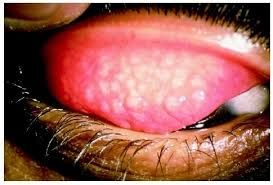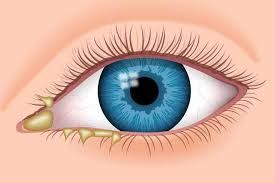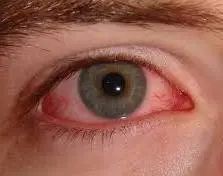👁️ Mydriatic drugs dilate the pupil (mydriasis) by relaxing the iris sphincter muscle. Used for exams, surgery, or treating inflammation.
Common examples:
- Phenylephrine (α-1 agonist)
- Effect: Fast (30–60 min), short (3–6h).
- Use: Diagnostic exams.
- Risk: Hypertension, arrhythmia.
- Tropicamide (anticholinergic)
- Effect: 30–45 min, lasts 4–6h.
- Use: Routine dilation.
- Risk: Blurred vision, photophobia.
- Atropine (strong, long-acting)
- Effect: 1–2 weeks.
- Use: Uveitis, amblyopia.
- Risk: Prolonged blur, dry mouth.
- Cyclopentolate
- Effect: 24–48h.
- Use: Pediatric exams.
- Risk: Behavioral changes in kids.
Precautions:
- Avoid driving until pupils return to normal.
- Glaucoma risk: Check IOP.
- Monitor elderly/kids.
- Side effects: Headache, stinging, dry eyes.






